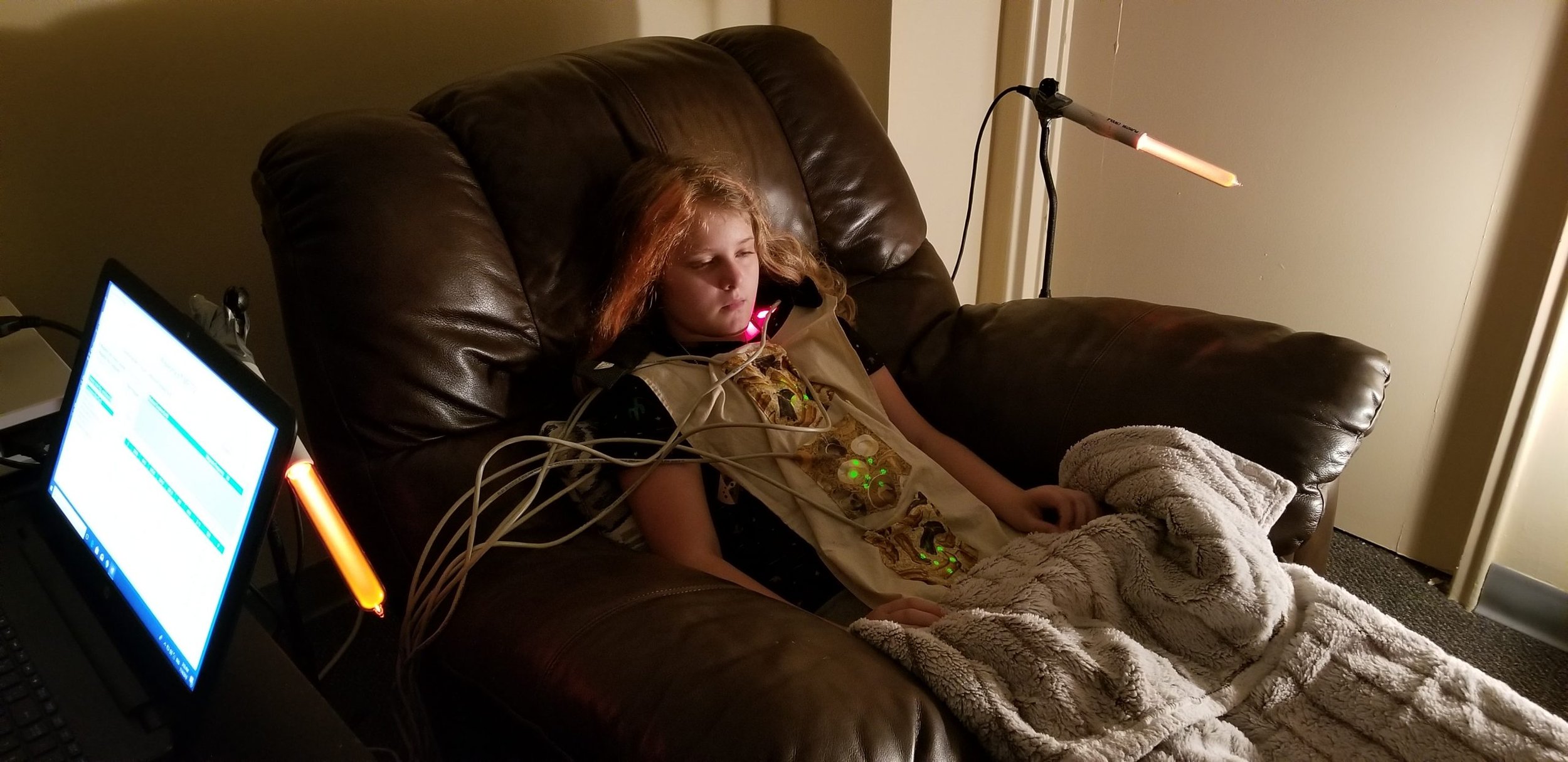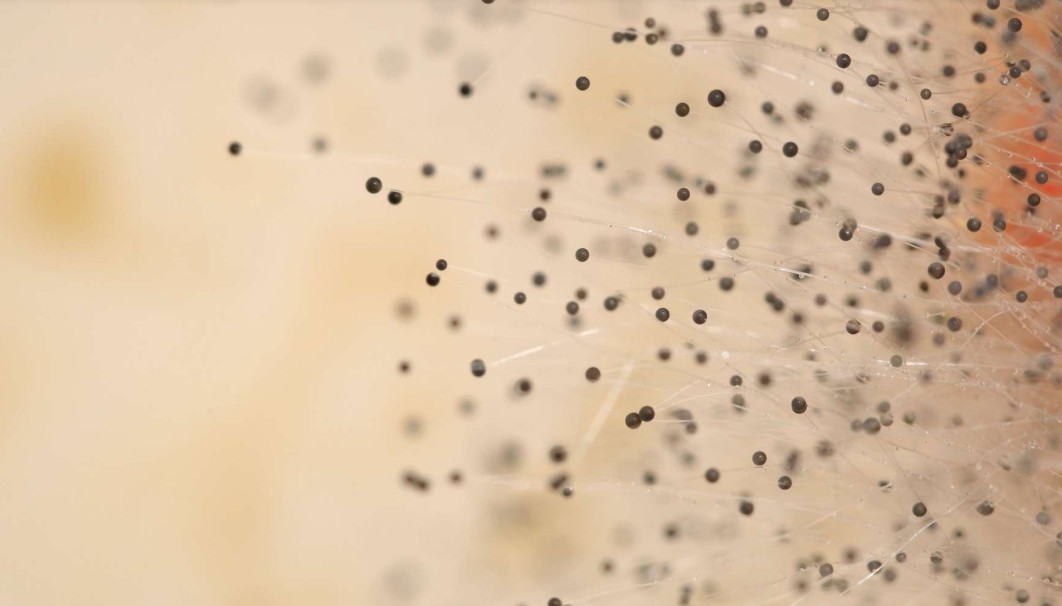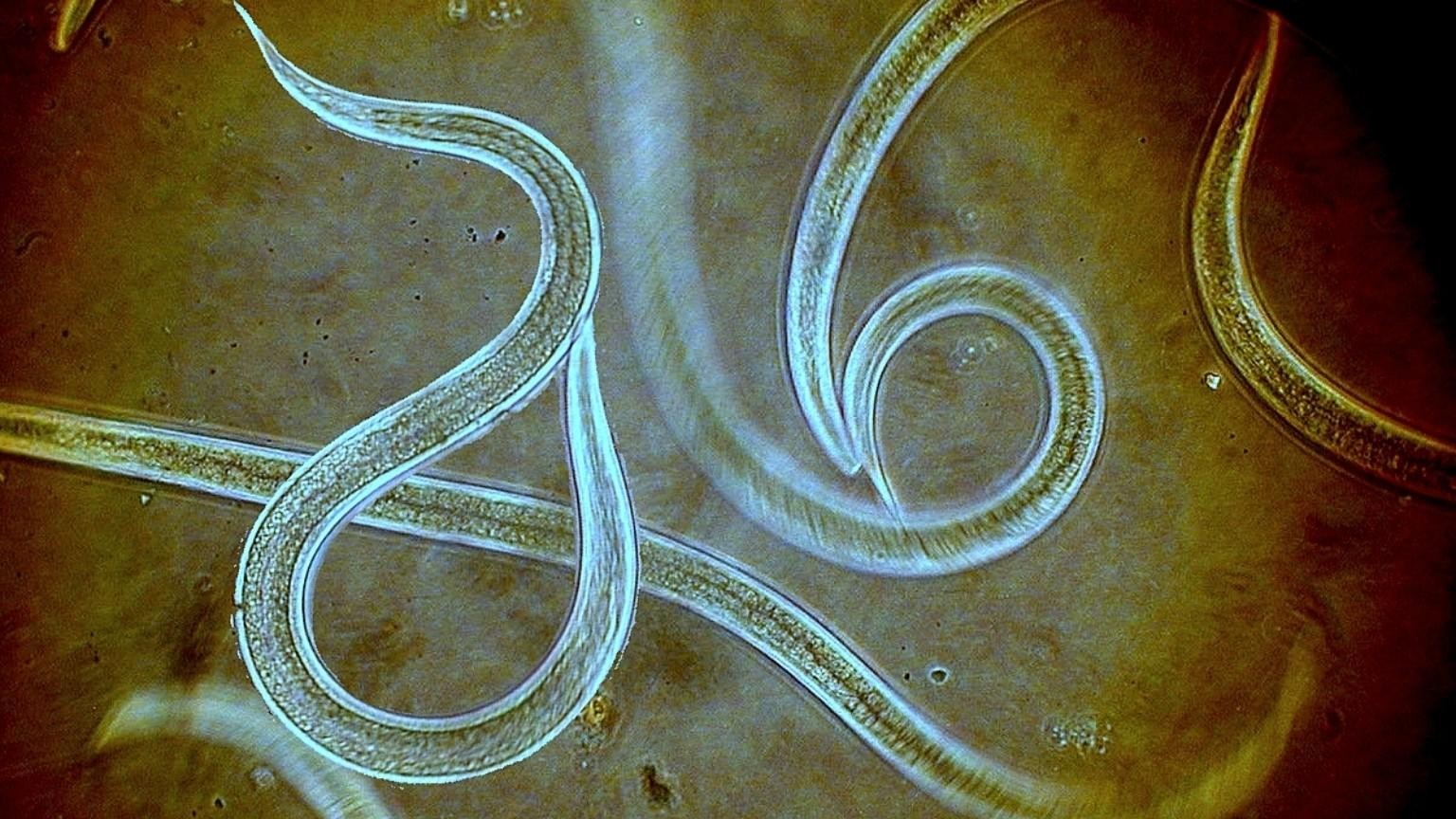What is Frequency Specific Microcurrent (FSM)?
Frequency Specific Microcurrent is a system of treatment using microamperage current and the resonance effects of frequencies on tissues and conditions to create beneficial changes in symptoms and health. This new refinement of microcurrent technology – tiny “doses” of electrical energy – uses very specific frequencies of energy applied to the body in sequence. Correct frequencies are determined by direct observation of how the body responds to them.
Frequencies are pulses per second measured in hertz. They can be sound waves or electronic pulses. The frequencies used in FSM are electromagnetic pulses used on two channels firing at the same time. The frequencies are delivered using a ramped square wave that includes high-frequency harmonics to create the square wave. This makes the frequencies more accurately pulses rather than the pure frequencies achieved with a sine wave generator. Most microcurrent devices use square wave pulses because they have been observed to be more effective clinically.
What is Microcurrent?
Microcurrent is an electrical current in millionths of an ampere. An ampere is a measure of the movement of electrons past a point. Microamperage current is the same kind of current your body produces on its own within each cell. This is current in millionths of an amp. It is very small; there is not enough current to stimulate sensory nerves so the current flow cannot be felt. You can tell it is running by watching the conductance meter on the machine.
What is a Frequency-Specific Protocol?
Frequency protocols are sequences of frequencies observed to have a certain clinical effect in various conditions as determined by practitioners. These protocols may be run once in a treatment session or maybe run repeatedly by using a specifically programmed home unit to self-treat. The most commonly effective and useful protocols have been also pre-programmed into automated microcurrent units that sequence through frequencies automatically for those who want to have a home care unit.
How Are the Frequencies Used?
The frequency thought to address or neutralize the condition is put on channel A. The frequency thought to address the tissue is put on channel B. The frequencies used in FSM are all less than 1000 Hz. There are frequencies from the list alleged to address over 200 conditions from very common conditions like “inflammation”, “scar tissue”, “mineral deposits” and “toxicity” to very unusual and hard-to-document conditions like “polio virus”, “trauma” and congestion. There can be no claims made for the effects of the frequencies until research has documented their effects. All that can be said is that the use of this or that frequency had this observed effect in this patient with a certain condition.
How Can FSM Help Me?
This device offers exciting promise in working with tissues unresponsive to conventional efforts such as nerve pain, damage or injury, scar tissue, adhesions, and the ability to facilitate the healing of acute and chronic injuries. We also find it is a useful supportive treatment as part of comprehensive treatment for chronic conditions like chronic Lyme disease, CFS, and fibromyalgia.
There are a variety of conditions and tissues that can be treated with FSM in a large number of clinical conditions. FSM is especially effective at treating nerve and muscle pain, inflammation, and scar tissue.
Frequency-specific Microcurrent (FSM) for Pain and Tissue Damage
Frequency Specific Microcurrent (FSM) offers exciting promise in working with tissues unresponsive to conventional efforts such as nerve pain, damage or injury, scar tissue, adhesions, and the ability to facilitate the healing of acute and chronic injuries. We also find it is a useful supportive treatment as part of comprehensive treatment for chronic conditions like chronic Lyme disease, CFS, and fibromyalgia.
The frequencies appear to change a variety of conditions and tissues and change pain and function in a large number of clinical conditions. FSM is especially effective at treating nerve and muscle pain, inflammation, and scar tissue.
Does FSM Help Everyone?
No technique is 100% effective and FSM is no exception. The effectiveness of FSM depends almost entirely on an accurate diagnosis. Shoulder pain can come from muscles, tendons, bursa, discs, nerves, or joints. FSM will treat all of these pain generators effectively. But, if you are treating for muscle and the shoulder pain is from nerves or the bursa you may change the muscle but you won’t change the patient’s pain since it is not coming from the muscle. This analogy applies to every condition.
Every patient is advised to drink at least one quart of water in the hour preceding treatment. Patients who are dehydrated do not find FSM as helpful. Athletes with large muscle mass and inadequate water intake and patients over 70 who are chronically dehydrated have the most problems. Patients who are chronically dehydrated may need more water over several days prior to their treatments.
Women who are pregnant or may be pregnant should discuss treatment with their physician. It is not known that FSM will harm the fetus, but studies have not been done. No problems have ever been observed in a patient treated who was found later to have been pregnant at the time of treatment so the recommendation is based on prudence rather than a negative experience.
Patients with cancer may also avoid treatment. Again, this is based on caution rather than known negative side effects. Consult your practitioner to find out whether this applies to you.
There are frequencies used to remove scar tissue that should not be used within 6 weeks of the time of a new injury.
What Is the Difference between a Microcurrent and a Laser?
Microcurrent provides electrons, and in published studies increases ATP production in cells. Lasers provide photons. We are unaware of any research suggesting that laser treatment increases ATP production. Lasers oscillate at set frequencies and provide beneficial results but usually only provide one frequency at a time instead of the dual frequencies used in FSM treatment. Lasers provide whatever benefits they provide by some other method than frequency-specific resonance and ATP enhancement.
What Is the Difference between Microcurrent and TENS?
Microcurrent is approved in the category of TENS devices by the FDA. TENS devices deliver milliamp current and block pain messages that are trying to get up the spine to the brain.
Microcurrent delivers sub-sensory microamperage current, 1000 times less than milli-amperage current, which has been shown in published studies to increase ATP production in tissues.
What Is the Difference between Microcurrent and Ultrasound?
Ultrasound creates ultrasonic vibrations and creates heat by vibrating the water molecules in the tissue. It does not provide current nor does it change ATP status. It provides beneficial results by these mechanisms but it is just completely different than microcurrent.
What Kind of FSM Treatments Are Available?
You can come to the office and receive a session with one of our Techs, or you may purchase a home unit in order to run the FSM protocols at home. Home units are by prescription.
We recommend that you have one or more sessions in the office in order to find out how your body responds to FSM. Your home unit can be programmed specifically for your use. Working with a body tech in advance will allow us to choose programs designed especially for you.
How Do I Prepare for a Treatment?
FSM works most effectively when you are well-hydrated. The day before your session you should be sure to drink several quarts (liters) of pure water. Tea, coffee, and sodas do not count in the needed amount, as they will cause you to flush the fluids out more quickly. Be sure to drink at least one quart in the hour before your treatment. Continue to drink this quantity of water, at a minimum, the day of your treatment, before and following the session.
What Is Involved in an FSM Treatment?
If you are coming into the office to have a treatment, you receive the treatment in a warm, quiet room, lying on a massage table. Because the electrodes are applied with damp cloths, you may be asked to remove some of your clothing for the session. The Tech will begin with frequencies that are known to impact the issue you have, but will also experiment with other frequencies in order to find the optimum treatment for you. Frequencies that are positively reacting in your body cause a distinct change in the feel of the tissue, which the Tech can read. This guides them to the best protocol for you, individually. If you are planning to use a home unit, they may write up your personal frequencies into a protocol specific to you.
You should feel no discomfort during the session. We have found that patients who are chronically ill may be unable to tolerate the amperage that other less ill patients do well on. They will check with you, and lower the strength of the current to the place that is best for your body. You may feel a slight buzzing, but no more than that. Being well hydrated will make the treatment most comfortable as well as most effective, and also assist the detoxification that can occur after treatment.
How Often Will I Need a Treatment?
Treatment is individual to the patient and the condition. Treatments by one of our technicians may require only one session or more. The session usually runs for 60 minutes and may include other types of work during that time. FSM is highly compatible with other types of treatment.
Home care is even more individual. Some conditions can be treated in a brief session of a few minutes, one time only. Other conditions require longer periods of time, with repeated treatment to maintain the improvement. Most of the individual frequencies in a protocol will run for 1-3 minutes, with the full protocol running for 30-60 minutes. If you are taking a unit home to try out, you may run as many protocols as your practitioner recommends.
Does FSM Require a Prescription?
No, a prescription is not required for in-office treatments, though information your practitioner gives to the FSM technician can be helpful in pinpointing specific issues. FSM sessions are available for self-referral by our patients and the public.
Home Care FSM units do require a prescription to ensure you have the correct protocols to run for your individual needs.
Is There Anything I Can/Should Purchase?
You do not need to purchase anything if you are having a session in the office.
Home FSM units are available for purchase or rental programmed with custom protocols for your specific needs. If you choose to use these home units with self-sticking electrodes or gloves rather than wet cloths, you will need to purchase those items.
Please contact our office for further eval.
Is It Safe?
Dr. McMakin has been using FSM since 1994 and various practitioners have been using FSM since 1997. There have been no permanent adverse effects attributable to the use of the microcurrent units or to the use of the frequencies. There are no risks to the patient that we know about as long as the practitioner follows the proper contraindications and precautions associated with both FSM and the use of microcurrent.
There are frequencies used to remove scar tissue that should not be used within 6 weeks of the time of a new injury. Sometimes when muscles are successfully treated range of motion increases so much that joints and nerves can become temporarily painful until the range of motion goes back down.
Practitioners are aware of these possible reactions and are advised to warn patients about them. After muscles are treated there is sometimes a detoxification reaction that occurs 90 minutes after treatment similar to that seen with massage therapy. This can be lessened by having the patient drink water and take an anti-oxidant combination.
Articles, Podcasts, and Videos on FSM



